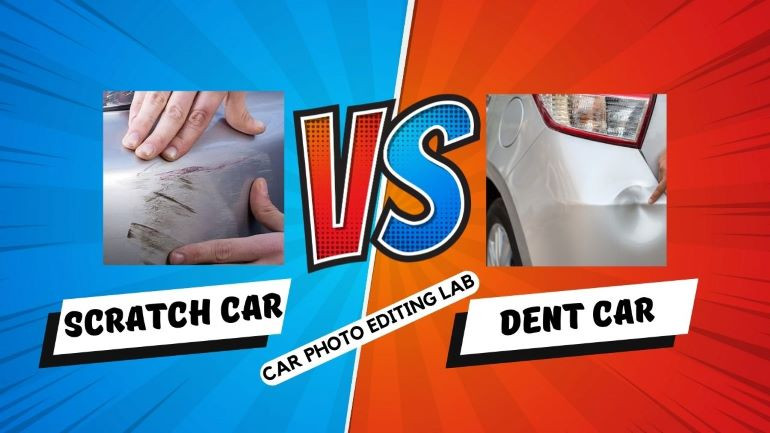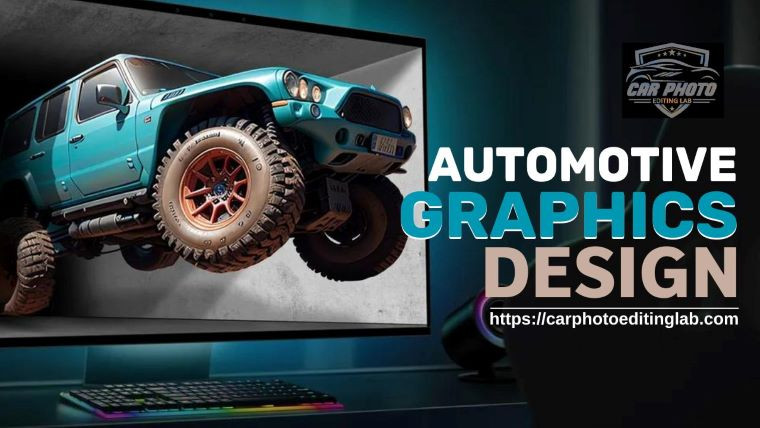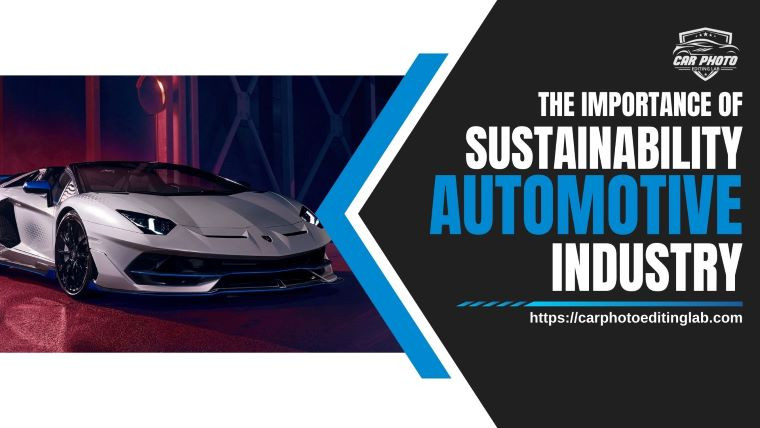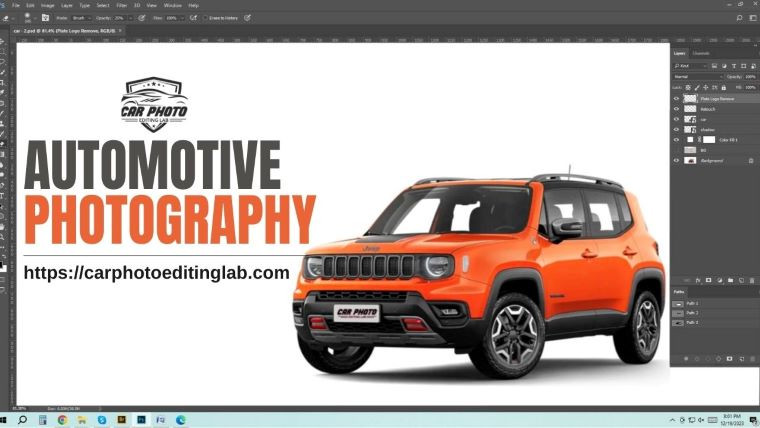-
Contact us with Whatsapp:
+8801734997063 -
Mail Us:
[email protected] -
Service Hours
24/7
The Difference Between Scratch Car and Dent Cars

Feb 2024
- 28 Feb 2024
- Car Photo Editing
- 0 Views
The Difference Between Scratch Car and Dent Cars
Introduction
In the realm of automotive maintenance and repair, the terms "scratch" and "dent" often surface when discussing minor cosmetic damages. While both may seem relatively straightforward, understanding the nuances between the two can be crucial for car owners, buyers, and enthusiasts alike. In this comprehensive guide, we delve into the intricacies of scratch and dent cars, elucidating their disparities, implications, and potential remedies.
Scratch vs. Dent
An Overview To embark on this journey of comprehension, let us first delineate the fundamental disparities between scratches and dents.
Scratch: A scratch on a car's surface denotes a superficial abrasion or mark that affects the paint or clear coat. These marks can vary in severity, ranging from faint surface blemishes to deeper incisions that penetrate the paint layer. Causes of scratches are diverse, spanning from accidental brushes against abrasive surfaces to malicious vandalism. While scratches may appear innocuous at first glance, they can undermine the aesthetic appeal and resale value of a vehicle, particularly if left unaddressed.
Dent: Contrastingly, a dent manifests as a deformation or depression in the metal body panels of a car. Dents typically occur due to impacts from external objects, minor collisions, or even adverse weather conditions such as hailstorms. Unlike scratches, which primarily affect the superficial layers of paint, dents penetrate the structural integrity of the vehicle's body, albeit to varying extents. While some dents may be shallow and relatively inconspicuous, others can be deep and pronounced, significantly detracting from the car's appearance and potentially compromising its resale value.
Scratch and Dent Cars
Implications and Considerations Now that we have elucidated the disparities between scratches and dents, it is imperative to explore their implications for car owners and prospective buyers.
Cosmetic Impact: Both scratches and dents can exert a detrimental influence on the cosmetic appeal of a vehicle. While minor scratches may be imperceptible from a distance, they can nonetheless mar the smooth, flawless finish that car enthusiasts covet. Conversely, dents can be more conspicuous, disrupting the sleek contours of the vehicle and drawing unwarranted attention. Whether one's car exhibits scratches, dents, or a combination of both, the overall aesthetic appeal is invariably compromised, necessitating remedial action to restore its pristine appearance.
Resale Value: In the realm of automotive transactions, aesthetics often play a pivotal role in determining a vehicle's resale value. Cars afflicted with scratches and dents typically command lower prices on the secondary market, as prospective buyers perceive such imperfections as detracting from the overall appeal and perceived quality of the vehicle. Consequently, neglecting to address these cosmetic blemishes can result in diminished resale value and protracted time on the market. Conversely, investing in professional repair services to rectify scratches and dents can yield a higher return on investment, enhancing the car's desirability and commanding a more favorable selling price.
Structural Integrity: While scratches primarily affect the superficial layers of paint, dents can potentially compromise the structural integrity of a vehicle's body. Deep dents may result in stretching or tearing of the metal, weakening the affected panels and rendering them susceptible to corrosion or further damage. In extreme cases, particularly those involving collisions or impacts with high-velocity objects, dents can extend beyond the surface and impair vital components such as doors, fenders, or quarter panels. Consequently, it is imperative for car owners to promptly address dents through professional repair services to safeguard the structural integrity and longevity of their vehicles.
Remedial Measures: Addressing Scratches and Dents In light of the aforementioned implications, car owners facing the predicament of scratches and dents must contemplate the most effective remedial measures to restore their vehicles' pristine condition. Below, we enumerate several strategies and techniques for addressing these cosmetic imperfections:
Scratch Repair
✅ Buffing and Polishing: For superficial scratches that have not penetrated the clear coat, buffing and polishing can often suffice to restore the car's luster. Utilizing specialized compounds and polishing pads, automotive detailing professionals can effectively diminish the appearance of scratches and rejuvenate the paint finish to its former glory.
✅ Touch-Up Paint: In cases where scratches have breached the paint layer, touch-up paint can be employed to conceal the imperfections and prevent corrosion. Car owners can procure touch-up paint kits matched to their vehicle's specific color code and carefully apply the paint to the affected areas using a fine-tipped brush or applicator. While this approach may not yield flawless results, it can significantly mitigate the visibility of scratches and prolong the longevity of the paint finish.
Dent Repair
✅ Paintless Dent Repair (PDR): Widely regarded as the gold standard for dent repair, paintless dent repair (PDR) entails the meticulous manipulation of dented panels from behind, utilizing specialized tools and techniques to massage the metal back into its original shape without disturbing the paint finish. PDR is particularly effective for shallow dents that have not caused paint damage, yielding seamless results with minimal time and expense.
✅ Traditional Dent Repair: In cases where dents are deeper or accompanied by paint damage, traditional dent repair methods may be necessary. This typically involves sanding down the damaged area, applying body filler to fill the void, and meticulously blending the repaired section with the surrounding paint finish. While traditional dent repair can yield excellent results, it may entail more extensive labor and higher costs compared to PDR.
Conclusion
In conclusion, the disparity between scratch and dent cars transcends mere semantics, encompassing a myriad of implications for car owners, buyers, and enthusiasts alike. While scratches manifest as superficial abrasions on the paint surface, dents entail deformations or depressions in the metal body panels, potentially compromising the vehicle's structural integrity and aesthetic appeal. By understanding the nuances between scratches and dents and employing appropriate remedial measures, car owners can preserve the beauty and value of their vehicles for years to come.
























1 Comment
http://boyarka-inform.com/
27 Feb, 2025 10:00 PMThanks for one's marvelous posting! I serously enjoyed reading it, you could be a great author.I willl make sure to bookmark your blog and definitely will come back in the future. I want to encourage you to continue your great writing,have a nice holiday weekend! http://boyarka-inform.com/